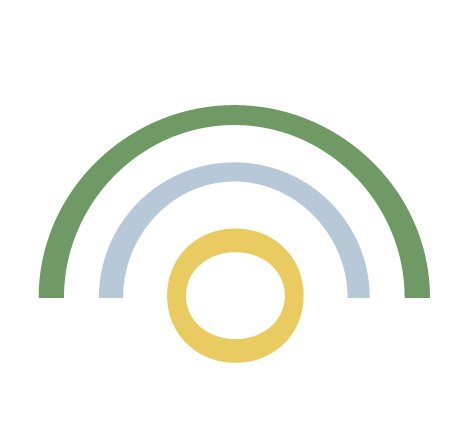
Why We Stop Using the Pacifier while Sleep Training
Why We Stop Using a Pacifier During Sleep Training
Helping your baby learn to sleep independently
Tips for a Smooth Transition:
Offer extra comfort in other ways: snuggles, white noise, or a comfort object (if age-appropriate).
Give baby plenty of practice falling asleep without the pacifier during naps and bedtime.
Be patient—it may take a few nights, but your baby will adapt!
1. Encourages Self-Soothing
Sleep training helps your baby learn to fall asleep and return to sleep on their own. When babies rely on a pacifier to fall asleep, they’re dependent on an external object, which prevents true self-soothing skills from developing.
⸻
2. Reduces Night Wakings
Many babies wake up during the night simply because the pacifier has fallen out. Without the ability to replace it independently, they cry out for help. Removing the pacifier during sleep training reduces these unnecessary wakings.
⸻
3. Builds Long-Term Sleep Skills
Teaching babies to sleep without sleep props (like pacifiers) helps them develop strong, sustainable sleep habits that don’t rely on replacements or interventions from caregivers.
⸻
4. Supports Consistency
Consistency is key in sleep training. When we remove all sleep associations that babies can’t control, including the pacifier, we help create a more predictable and reliable sleep environment.
⸻
5. It’s Temporary (If You Choose!)
You don’t have to say goodbye to the pacifier forever—just during the sleep training process. Once your baby is consistently sleeping well, some families choose to reintroduce it for comfort during the day.


